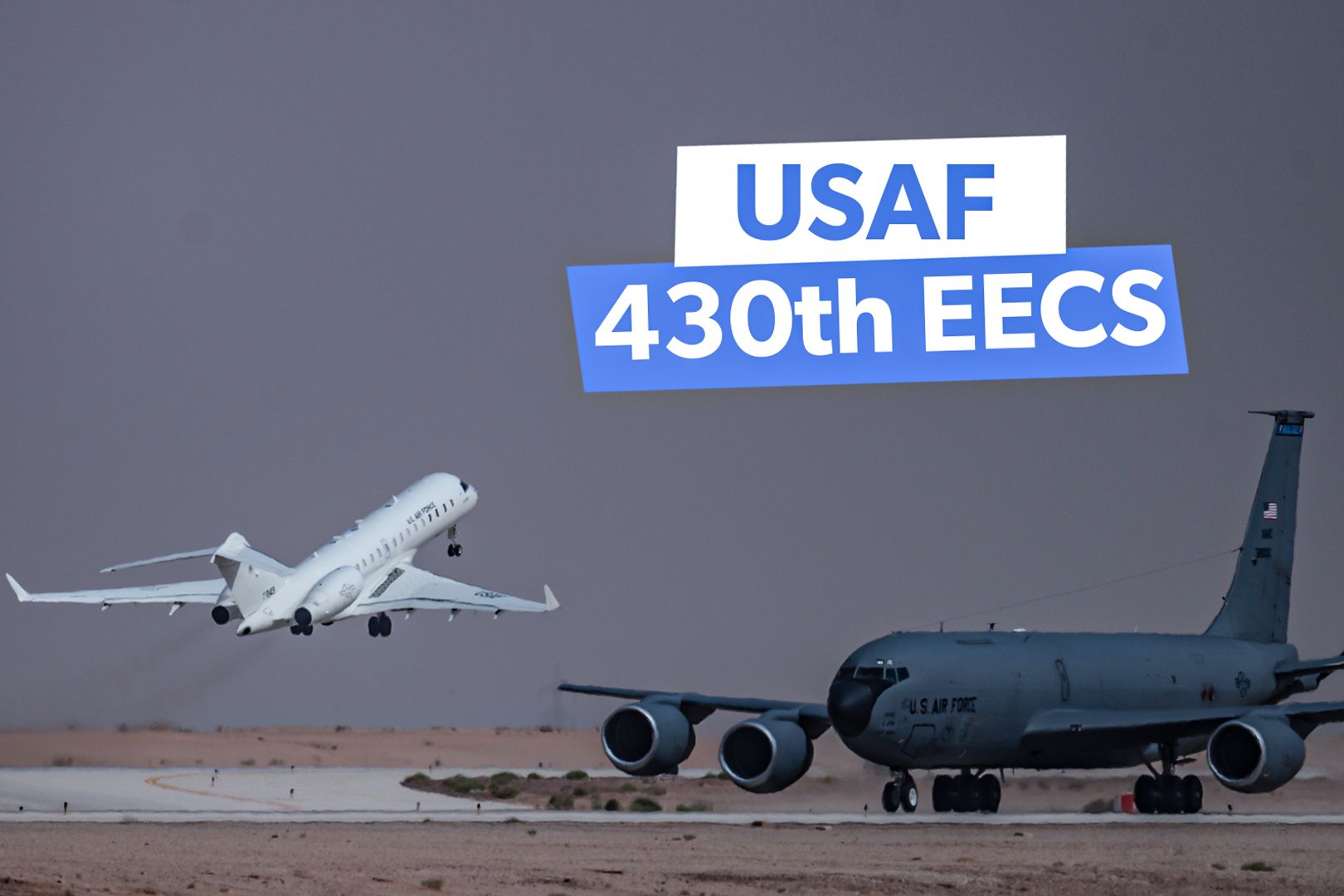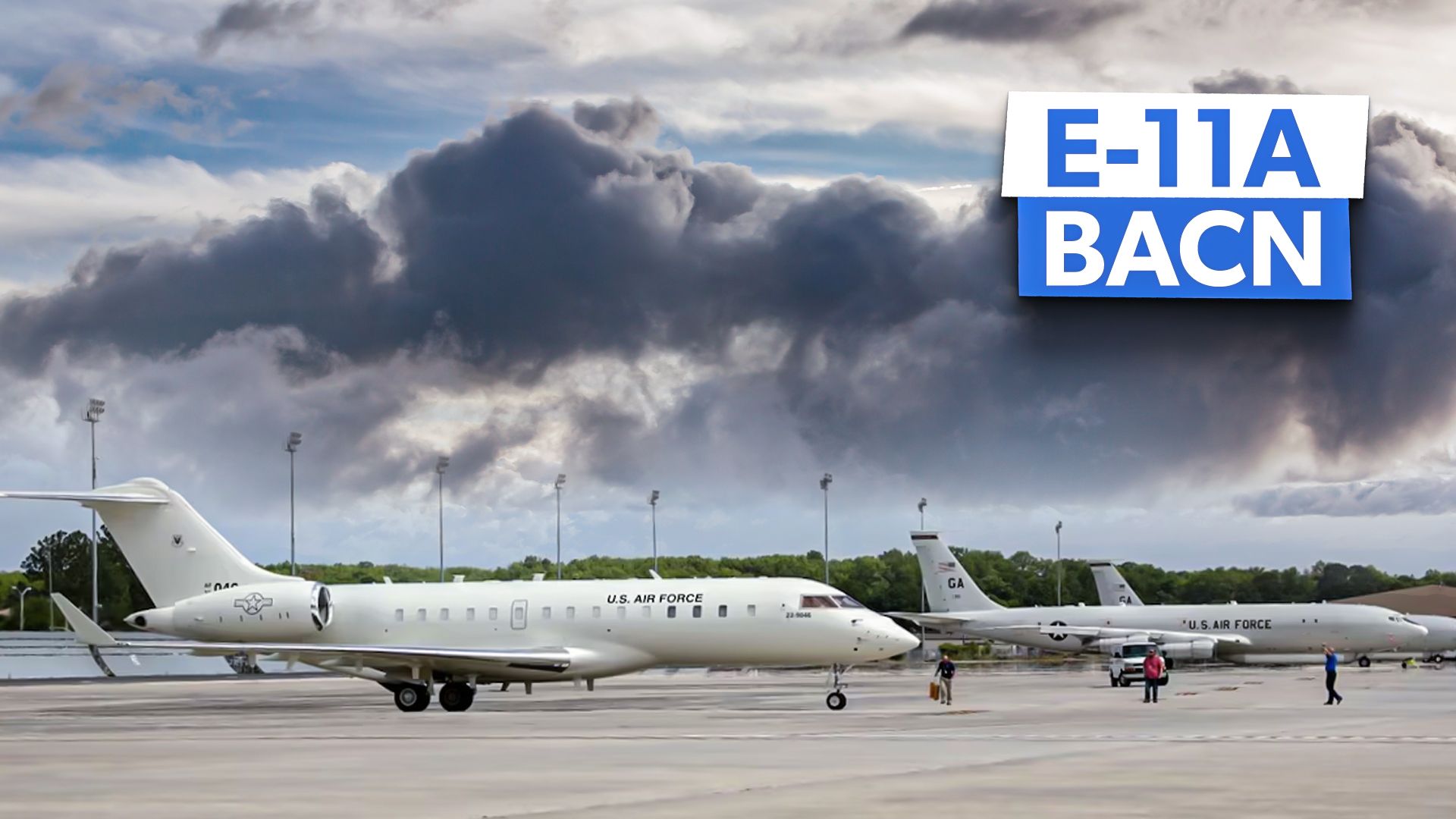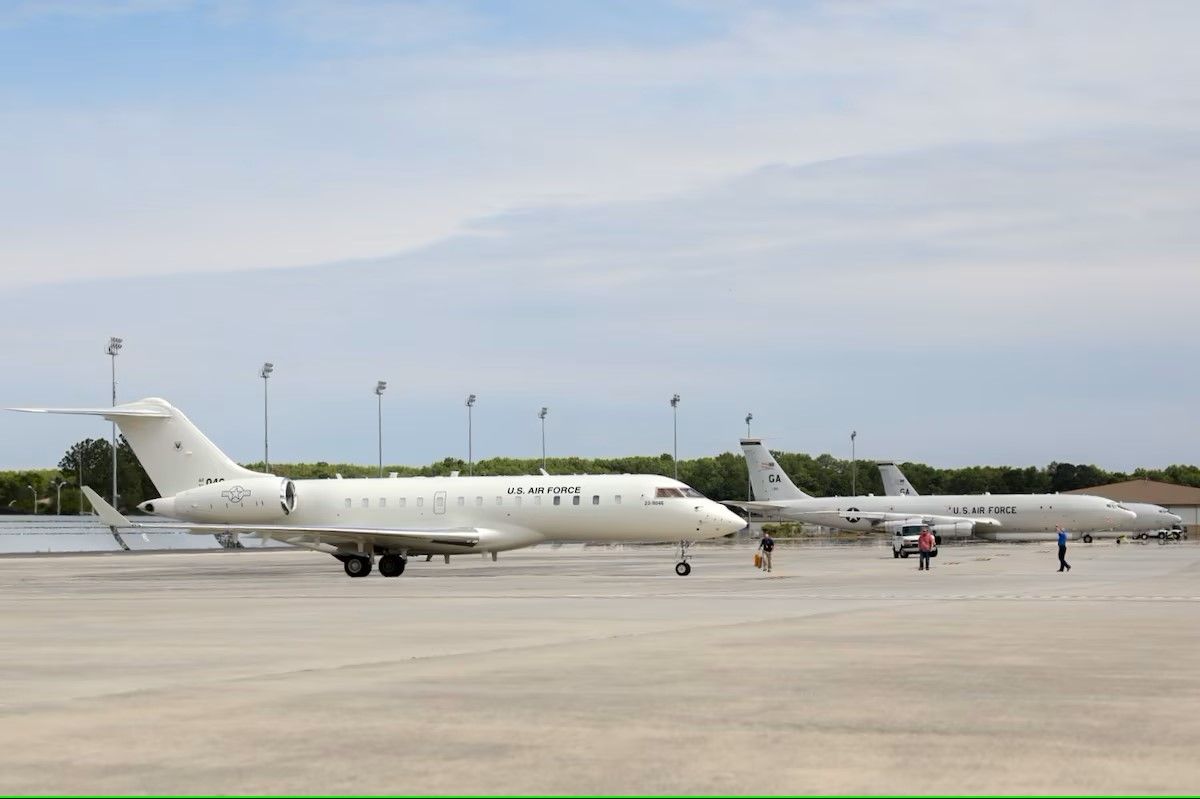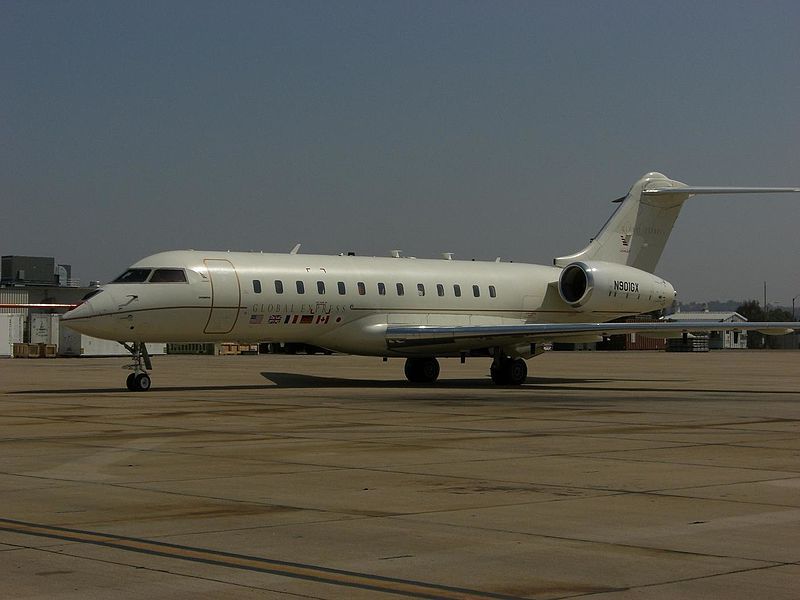Summary
- The E-11A BACN aircraft provides vital battlefield communication lifelines.
- Northrop Grumman is key in providing the technical support for the BACN program.
- The E-11A aircraft has high operational demand despite a tragic crash in a combat zone.
Thinking back to when I was attending the Air and Space Basic Course (ASBC), a Professional Military Education (PME) course for newly commissioned US Air Force 2nd Lieutenants at Maxwell AFB, Alabama, back in April 2002, one of my classmates, a Communications (“Comm”) Officer, was fond of saying “No Comm, No Bomb!”

Related
Top Secret Comms: A Guide To The USAF’s E-11A Strategic ‘Wi-Fi In The Sky’
Carried by the E-11A and Global Hawk, BACN provides a universal translator that helps to lift the fog of war.
Though Comm troops (and pretty much every other non-flying job in the Air Force) don’t get the glory that fighter and bomber pilots do, there’s definitely a lot of truth to that utterance from my former comrade-in-arms. Accordingly, the USAF’s E-11A Battlefield Airborne Communications Node (BACN) aircraft (known as “WiFi in the sky”) plays a vital role in sustaining the battlefield comms that, in turn, keep the bombs dropping on target. Simple Flying now takes a closer look at how the E-11A supports those communications lifelines.
E-11A early history and specifications
The E-11A is basically a military version of the Bombardier Global Express business jet – the original iteration of the Global Express made its maiden flight on October 13, 1996, and entered production in 1998, while the slightly larger 6000 model was announced in 2011, and went into production in 2012.

Related
USAF 430th EECS Commander On E-11A BACN’s Humanitarian Relief Drops In Gaza
The US Air Force E-11A: the airborne hub of humanitarian relief efforts in Gaza.
The BACN program was initiated in 2005, and the first prototype aircraft used for the project was the NASA WB-57 high-altitude test aircraft, which was basically a modified version of the Cold War stalwart Martin B-57 Canberra bomber and lasted from 2005 to 2008. However, the Air Force started testing Bombardiers (how poetically apropos, thinking back to that whole “No Comm, No Bomb!” mantra, eh) circa August 2007, and they officially went operational in 2009 and have stuck around ever since.
The EA-11 comes with the following specifications:
|
Cockpit Crew: |
2 |
|
Fuselage Length: |
99 ft 5 in (30.3 m) |
|
Wingspan: |
94 feet (28.7 m) |
|
Max Takeoff Weight: |
99,499 lb (45,132 kg) |
|
Max Payload Capacity: |
5,769 lb (2,617 kg) |
|
Powerplant: |
Rolls-Royce BR710A2-20 turbofans |
|
Max Airspeed: |
Mach 0.90 (690.5 mph; 1,111.3 km/h; 600.06 kt) |
|
Cruise Speed: |
Mach 0.85 (560 mph; 902 km/h; 487 kn) |
|
Range: |
6,905 mi (11,112 km; 6,000 NM) |
|
Service Ceiling: |
51,000 ft (15,545 m) |
Northrop Grumman’s role in BACN
Though the basic EA-11 airframe is a Bombardier design, the proverbial nuts & bolts of the BACN (often pronounced “bacon;” just typing that word makes me hungry!) comes from famed defense contractor Northrop Grumman. As their info page on BACN states:
“Northrop Grumman’s Battlefield Airborne Communications Node (BACN) combined with the E-11A modified Bombardier BD700 business jet, enable a high-altitude, airborne communications gateway that translates and distributes imagery, voice and tactical data from disparate elements — enhancing situational awareness and enabling seamless interoperability for joint and coalition forces operating across air, space, land and sea.”
“In theater operations, mountainous terrain inhibited line-of-sight communications; diverse weapon systems were unable to communicate with each other; warfighters could only see a limited picture of the battlespace. BACN bridges the gap between disparate systems, platforms and sensors, enabling essential situational awareness ranging from small ground units in contact with enemy forces to the highest command levels to deliver the right information to the right user at the right time…In response to a Joint Urgent Operational Need (JUON), Northrop Grumman accelerated integration of BACN onto manned aircraft and provided this indispensable capability to the warfighter in 9 months. The BD700 aircraft integrated with BACN were delivered in theater ahead of already aggressive schedules.”
From there, the company info page discusses the BACN Gateway:
“Over the course of more than 15,500 missions, enabled by sustainment support that delivers uninterrupted mission readiness, the BACN Gateway has a mission availability rate greater than 98 percent… Northrop Grumman takes an agile approach to introduce new capabilities on the BACN Gateway system such as the integration of new automation software, implementation of agile software development processes, and the incorporation of enhanced military standard communications protocols — all to meet emerging mission demands. The open architecture design and cyber-secure processing of the BACN Gateway system, coupled with its ability to easily integrate advanced technologies and proven track record of success, make this system well-suited to meet the needs of Joint All Domain Command and Control [JADC2].”
As a quick personal aside, I myself did a little bit of work on JADC2 as a contractor at the Pentagon, in support of Army G-3/5/7 Strategic Operations Management (DAMO-SOM) from October 2019 to July 2020.
Communication datalink systems include a high-speed satellite communication (SATCOM) system and a Controller Pilot Datalink Communications (CPDLC) system; the latter is a system by which controllers can transmit non-urgent ‘strategic messages to an aircraft as an alternative to voice comms, with the messages displayed on a flight deck visual display. For good measure, a Collins Aerospace RTA-4100 MultiScan™ Weather Radar improves situational awareness (SA) by automatically detecting and analyzing weather phenomena.
Operational performance
As reported by Airforce Technology (AT), this “WiFi in the sky” platform has been operated by the USAF’s 430th Expeditionary Electronic Communications Squadron (EECS), which is responsible for providing communication coverage to ground and air forces in active combat zones. The pairing of the plane and the unit alike is a prime example of a “high demand, low density” asset; Chris Gordon reported last month in Air and Space Forces Magazine that 20 BACN aviators remain on call 24/7.
Tragically, on January 27, 2020, an EA-11 crashed in Afghanistan when the aircrew shut down the wrong engine during an in-flight emergency and were unable to restart the aircraft’s powerplants; both pilots perished in the crash.
Meanwhile, an E-11A arrived at Robins AFB, Georgia, on April 23, 2024, as part of the newly activated 18th Airborne Command and Control Squadron (ACCS), which plans to be fully operational by Fiscal Year (FY) 2027. As reported by the 78th Air Base Wing Public Affairs Office:
“The arrival of the first BACN, often pronounced bacon, established one of the four new mission sets coming to Robins AFB, aligning future Air Force design to prepare for near-peer threats.”




